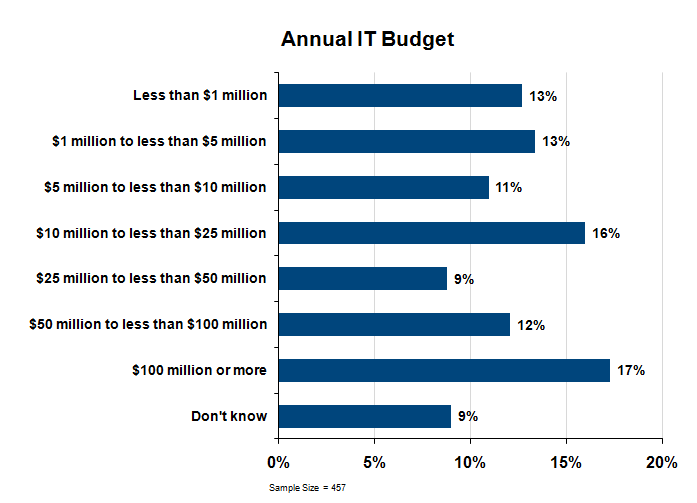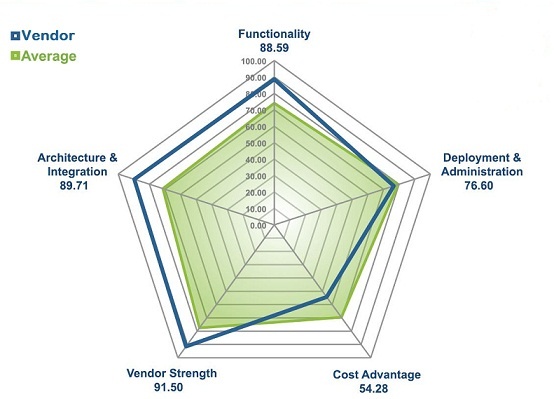Welcome to The Systems Café! Those who seek refuge herein will have the dubious honor of experiencing my stunningly opinionated ramblings on systems management topics, issues, news, rumors and general agita. Don’t be intimidated by the topic – I’ll do most of the talking. So, grab yourself a double-shot mocha latte and a blueberry scone and meet me at my favorite table for our discussion. It’s the one over there under the lamp shaped like Rear Admiral Grace Hopper’s hat. Go on, I’ll wait…
The Virtues of a Living Conversation Versus one Frozen in Stone
By Dennis Drogseth on Apr 14, 2011 7:56:54 AM
EMA consulting once did an analysis of why strategic service management initiatives fail. These ranged from cross-domain performance management initiatives, to configuration management initiatives with CMDB/CMS enabling foundations, to company-wide asset management initiatives to name a few. Of the top ten reasons for failure, only the bottom two (Integration and Discovery) were technology-related. Three of [...]
ITIL and the Elusive Configuration Manager (among other) Roles
By Dennis Drogseth on Mar 30, 2011 9:46:47 AM
I had originally intended to make this blog about mental health. A supportive article for those of you trying to support change in your own environment wrestling with the stubbornly persistent caricatures and silos still so dominant in many IT organizations. It was inspired by a rather nasty line in a novel my one of [...]
IT Budgets Are Back!
By Dan Twing on Mar 14, 2011 10:26:49 PM
EMA conducted four research studies during Q4 2010 with over 400 respondents in total. While the topics of these studies varied from two cloud computing topics and two asset management topics, we always include a standard set of demographic questions and budget questions. I asked our Survey Production & Research Analytics Manager, Sylvia Rimmington, to combine the budgetary data from these four studies into a single analysis and compare this data with similar data from Q4 2009.
What is Service-centric Asset Management and Why Should you Care?
By Dennis Drogseth on Mar 3, 2011 9:59:12 AM
EMA has been both predicting and advocating a more service-centric model for asset optimization and planning for nearly a decade. This is also, in itself, not a new idea with EMA either. The telecommunications industry and best practices such as the Telecommunication Management Forum’s eTOM guidelines support the logically obvious assumption that if a technology [...]
Gideon Gartner says today he would use a spider instead of a magic quadrant
By Dan Twing on Feb 28, 2011 3:36:39 PM
When designing the EMA Radar Report, I was unaware of this video of Gideon Gartner answering a question about the Gartner Magic Quadrant. I only learned of this on twitter last week. Gideon is asked what he would do different if doing the Magic Quadrant today. His answer…he would use spider diagrams. This is exactly what we do in the EMA Radar Report. First published in December 2009, we have published five reports to date with five pending for the first half of 2011 (see the list at the bottom of this post).
Why Most Cloud Deployments Need a Restart
By Dennis Drogseth on Feb 16, 2011 8:50:51 PM
In the research I mentioned in my earlier blog on “Operationalizing Cloud,” we looked at a lot more than technology adoption. We looked at organizational and process requirements as well. And we also looked at change. As it turned out, 70% of our respondents said that once begun, their cloud initiatives needed rethinking or redirection!! [...]
Insights from “Operationalizing Cloud” Research
By Dennis Drogseth on Jan 14, 2011 3:32:40 PM
EMA has just collected some new data regarding how IT organizations are seeking to assimilate cloud services from a top-down, service management perspective. The data gathered in December of 2010, spanned 155 global respondents with high percentages of executives (better than 50% director and above) – as the goal was to understand how senior management and cross-domain organizations that usually have senior executive leadership are leveraging cloud computing.
Ten Things to Watch for in 2011
By Dennis Drogseth on Jan 12, 2011 5:09:37 PM
A lot comes to mind with a title like this one. So, let’s start by wiping away areas like politics and finances (except as they relate to IT), births, deaths, marriages and celebrities. In fact, there’s still a very long list of possibilities by just focusing on IT and everything that goes into managing and optimizing services - let alone all of the trends around cloud.
The Greatest Risk to the Success of Cloud SaaS
By Dan Twing on Jan 7, 2011 1:28:52 PM
Cloud SaaS can be a cost effective and fast way to buy and start using software (see my top ten reasons to do SaaS). However, while cloud SaaS can be great when done right, it can be painful to use when done wrong. With the increasing interest, adequate bandwidth for delivery, and a marketplace ready to try SaaS applications, many traditional software companies are considering a SaaS option. The greatest risk to the success of SaaS is poorly done SaaS ruining the market by disappointing early adopters and creating a bad reputation for SaaS. I am concerned that traditional software companies, rushing in to a SaaS delivery model and under estimating what is required to do SaaS right, are the most likely to do SaaS poorly.




